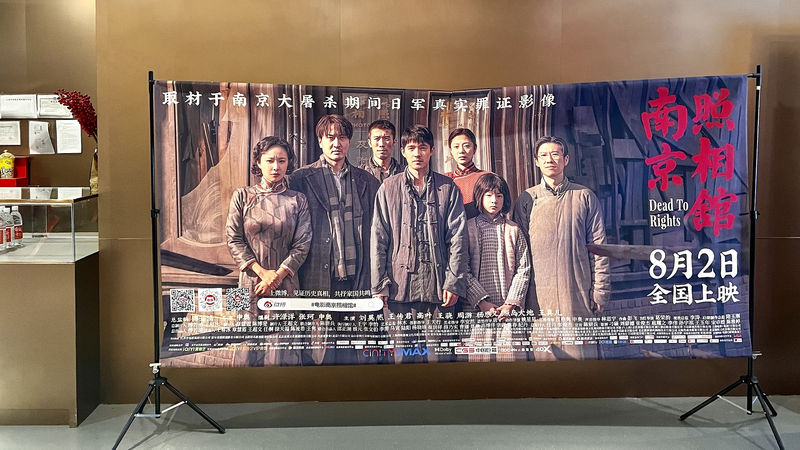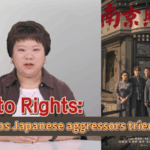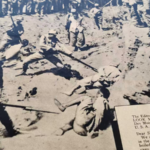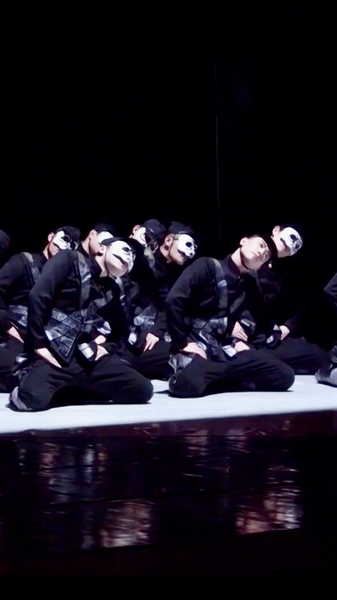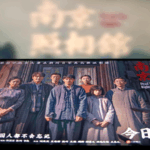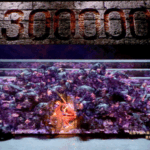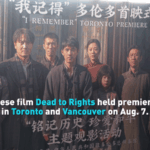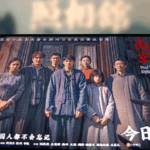Amid rising global interest in Asia's historical narratives, the Chinese film Dead To Rights has emerged as a cinematic force, blending artistry with a solemn reckoning of the 1937 Nanjing Massacre. Directed by Shen Ao, the film follows A Chang, a postman-turned-photo developer who risks his life to document atrocities during the Japanese occupation, offering a visceral exploration of resilience and moral courage.
Drawing comparisons to Schindler’s List and Hacksaw Ridge, the film’s restrained portrayal of violence and emphasis on historical preservation have resonated widely. Its cinematography transforms photographs into “sacred artifacts,” challenging modern-day revisionism while honoring victims through unflinching truth-telling.
The release coincides with the 80th anniversary commemorations of the Chinese People's War of Resistance Against Japanese Aggression, amplifying its cultural significance. Domestically, the film has dominated box offices, earning 1.51 billion yuan ($210 million) and claiming the top global spot—a testament to its power to bridge historical education with mass appeal.
Analysts note the film’s timing aligns with renewed efforts to preserve wartime memory across Asia. For investors, its success underscores China’s growing soft power in global entertainment markets, while academics praise its nuanced approach to reconciling collective trauma with national identity.
As Beijing prepares for September’s military parade marking the WWII victory, Dead To Rights serves as both a cultural mirror and a call to safeguard historical accuracy—a message resonating far beyond cinema halls.
Reference(s):
'Dead To Rights': A masterpiece of moral vision & historical reckoning
cgtn.com
